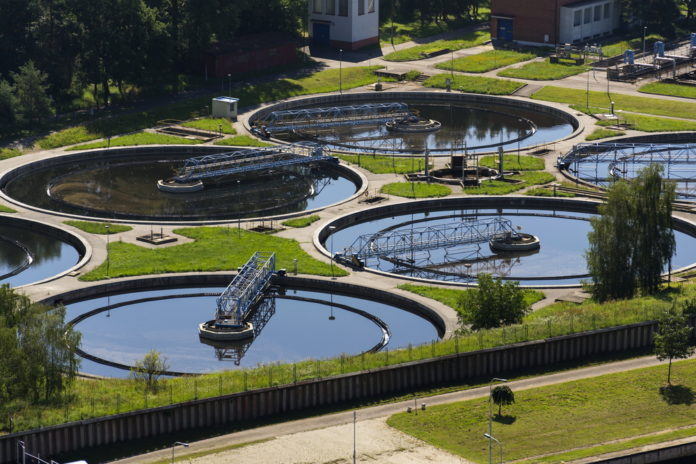Motion to dismiss a contractor’s quantum appeal is denied. The agency alleged that a crucial issue in the appeal—namely, whether the contractor’s design for a water treatment plant included a backup evaporation pond—had already been resolved in a previous suit. Thus, the agency contended, the contractor’s claim was barred by the doctrine of collateral estoppel. The board disagreed, reasoning that while a previous decision had held that the evaporation pool was a contract requirement, that decision had not resolved whether the contractor had satisfied the requirement. The two issue were thus different, so the contractor was not precluded from raising the evaporation pool issue in the second appeal.
CDM Constructors had a contract with the Army Corps of Engineers to construct a water treatment plant. The contract required CDM to design evaporation ponds for the plant. The Crops rejected CDM’s design for ponds on the ground that the designs used an improper evaporation coefficient and did not include backup evaporation ponds. CDM submitted a revised design that used a different evaporation coefficient and purportedly included a backup pond. The Corps also rejected the revised design. CDM submitted a claim alleging the Corps’ rejection of the designs had constituted a constructive change in the contract.
The Corps denied CDM’s claim, and CDM appealed to the ASBCA. The board found that the Corps had constructively changed the contract by changing the evaporation coefficient for the ponds. The board also found, however, that the Corps did not constructively change the contract by requiring a backup evaporation pool. But the board’s decision did not address whether CDM’s revised design included a backup pond. The board remanded to the parties for a determination of quantum.
The parties were unable to agree on quantum. CDM then filed a quantum appeal with ASBCA. CDM alleged in its new appeal that because its revised design included a backup evaporation pond, all the costs it had incurred as a result of the revised design were attributable to the change in the evaporation coefficient. The Corps moved to dismiss CDM’s quantum appeal, alleging that it failed to state claim, and that CDM was precluded from arguing that its revised design included a backup pond by the doctrine of collateral estoppel.
The Corps argued that CDM failed to state claim because its appeal did not plausibly segregate the costs due to a changed evaporation coefficient from the backup pond costs. The board, however, found that CDM’s complaint plausibly segregated the costs. Assuming the truth of CDM’s allegations—namely, that the revised design included an evaporation pool—then any increased costs incurred after the revised design, were due to the coefficient change.
The Corps also argued that CDM was collaterally estopped from arguing that its revised design included a backup pond, because that issue had been resolved in the previous action. The board disagreed, reasoning that while the previous case held that the contract required CDM to provide a backup pond, it did not address whether CDM had satisfied that requirement. Moreover, while the previous case had found that the Corps had rejected the revised design for not including a backup pond, the board had not decided whether the Corps’ assessment had been correct. Because the previous case did not decide whether the revised design lacked a backup pond, CDM was not precluded from raising the issue in the quantum appeal.
CDM is represented by Bret S. Wacker, Jeffrey M. Gallant, and Emily J. Baldwin of Clark Hill PLC. The government is represented by Michael P. Goodman, John F. Bazan, Gilbert H. Chong, and Brian M. Choc of the U.S. Army Corps of Engineers




